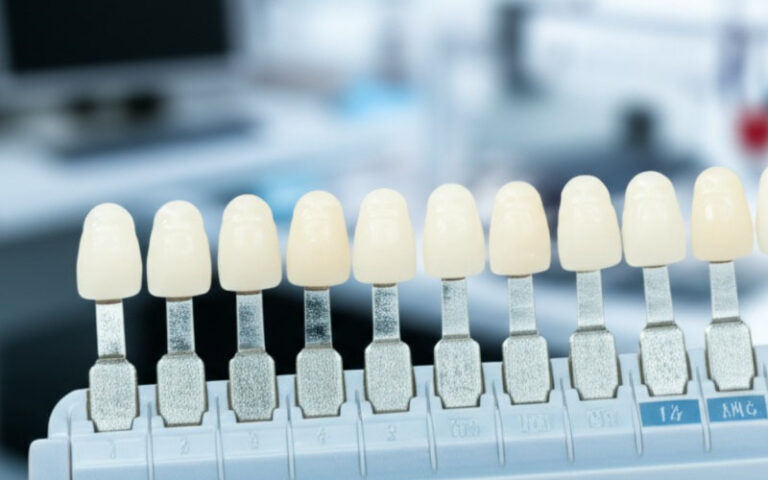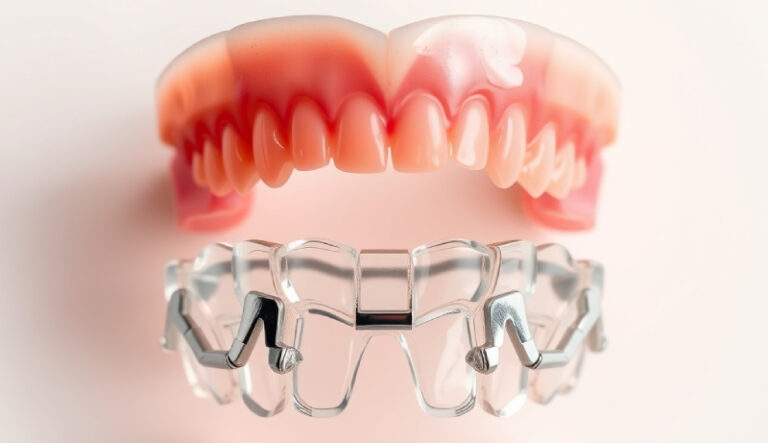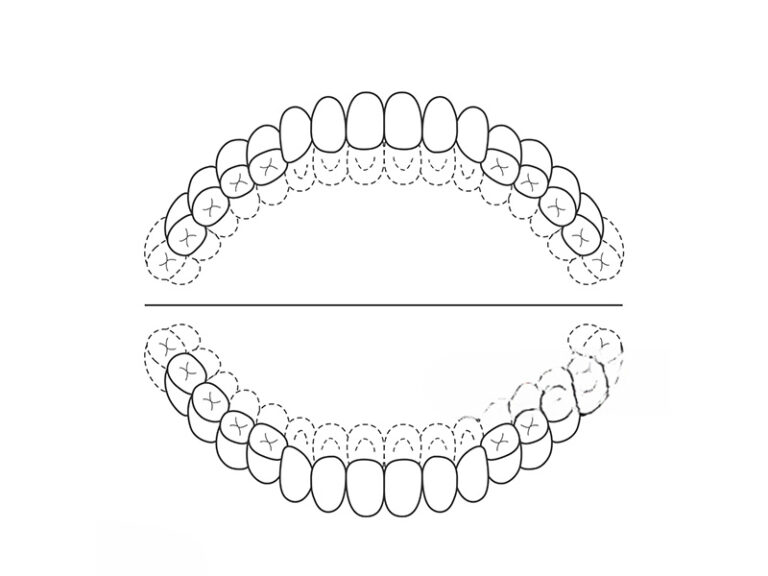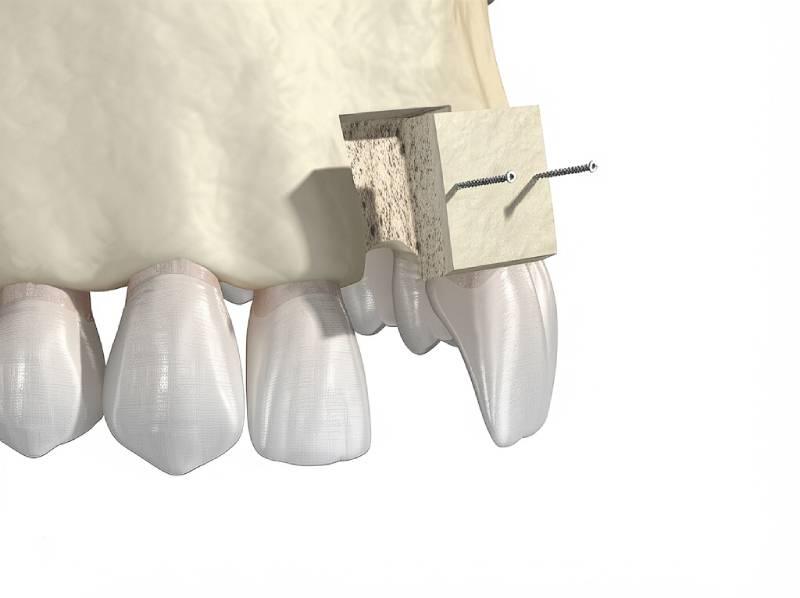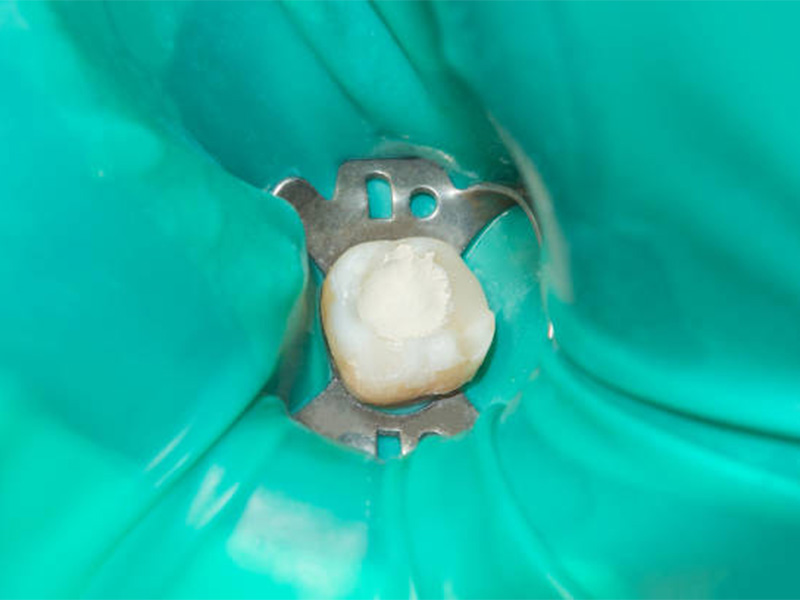
The Indispensable Role of Rubber Dam Isolation in Elevating Restorative Dental Treatment Outcomes
A rubber dam is a simple tool that helps dentists do better, safer dental work. By keeping teeth dry and clean, it makes fillings last longer and keeps patients comfortable. This article will show you why using a rubber dam in the dental office matters for everyone—from the dentist to the patient—and explain how you can benefit from this clever idea.
Table of Contents
What Is a Rubber Dam and Why Do Dentists Use It?
Let’s start simple. A rubber dam is a thin, stretchy sheet—usually made from latex or nitrile—that dentists use to cover your mouth, leaving only the spot being worked on open. Think of it like a raincoat for your teeth. This helps the dentist keep everything dry, which is super important for good dental work.
When I first learned to use a dental dam in dental school, I saw how much easier my job became. My hands felt steadier, and my patients seemed more relaxed. Using a rubber dam is not just about making my work easier—it keeps both me and my patients safer.
A dental dam stops spit, blood, and other stuff from getting into the spot the dentist is fixing. This is huge if you want your fillings to stay put or need to stop germs and dirt from getting in. Dentists everywhere use it for fillings, crowns, veneers, root canals, tooth-colored fillings, and even for sealants.
How Does Wetness Hurt Dental Treatments?
Here’s a problem most people don’t think about: our mouths are always wet. Spit, gum fluid, and even a little blood can sneak in while you’re in the chair. When this wetness hits a tooth being fixed, things start to fall apart.
Ever wonder why your white filling sometimes turns black or falls out? That’s usually because being wet messes up how stuff like tooth-colored fillings stick to your tooth (we call that sticking or bonding). Wetness means the glue—also called the bonding agent—just won’t work as well. What happens? Fillings might come out, leak at the sides, and sometimes a new cavity starts under the old filling.
Table: The Trouble with Wetness in Fixing Teeth
| Source of Wetness | How It Hurts | What Might Happen |
|---|---|---|
| Spit | Weakens glue | Fillings come out |
| Blood | Blocks glue | Pain, more work |
| Gum fluid | Causes leaks | More cavities |
Skipping a rubber dam is like trying to build a sandcastle while the tide is coming in. Your work just doesn’t last.
Why Is Stopping Germs So Important in Dentistry?
Think about what’s really in your mouth besides spit. You’ve got germs, leftover food, and even viruses in there. While fixing teeth, dentists use lots of tiny metal bits, bits of filling material, or liquids like acids and bleach for cleaning out roots. Nobody wants to swallow or breathe that stuff in.
Rubber dam isolation means fewer germs, less stuff going from one person to another, and a much safer place for everyone. When you’re having a root canal, a rubber dam almost stops bad germs from getting in at all. Since COVID-19, cutting down on the tiny mist dentists make (called an aerosol) has gotten even more important for keeping both you and your dentist safe.
Groups like the American Dental Association (ADA) and the Academy of General Dentistry (AGD) say using a rubber dam isn’t just smart—it’s a must for root canal work and strongly suggested for most fillings, crowns, and sealants.
What Are the Main Benefits of Rubber Dam Isolation?
Let’s spell out how dentists win—and how you win—when a rubber dam is used.
1. Stronger, Lasting Fillings
A dry tooth helps the filling stuff “stick” better, so your filling (or tooth-colored filling) lasts for years. That means fewer visits and less drilling.
2. Dentists See Better and Work Smarter
The rubber dam moves your cheeks and tongue out of the way so your dentist can see everything. I can check every detail. That means I can clean, shape, and fix teeth much better.
3. Safer for Everybody
No more worrying about swallowing or breathing in bits of metal, plastic, or liquids. The rubber dam catches them. We also avoid burns from acid or other stuff used in fixing teeth.
4. Quicker, Smoother Visits
Putting the dam on takes a minute or two—but after that, things go much faster because I don’t have to wipe away spit or tell you to “please keep your tongue still.” Less stopping and starting means you get out faster.
5. Happier Patients
Patients notice we care about being clean and safe, and that builds trust. People relax when they know little parts can’t go in their throat and that splashes are trapped. If you’re a parent, rubber dams make visits safer and calmer for kids, too.
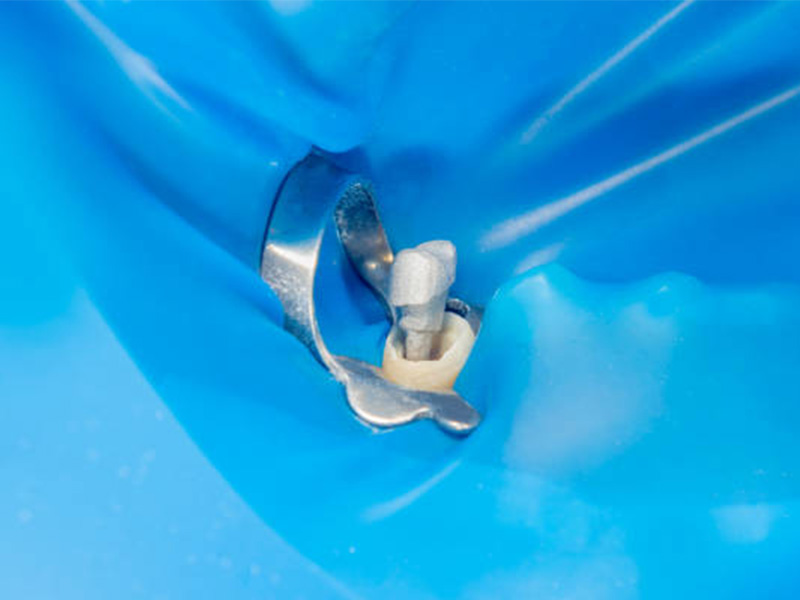
How Do You Use a Rubber Dam for Tooth Fixes?
Let me show you my step-by-step process, just like I teach new helpers.
Step 1: Get the Right Tools
- Rubber dam sheets: Pick latex or latex-free for allergies.
- Rubber dam clamps: These hold the sheet on the tooth. Lots of shapes (with and without “wings”).
- Rubber dam frame: This keeps the sheet stretched out. I like the Young’s frame.
- Hole maker (punch): To make holes for the tooth.
- Clamp holders (forceps): To put the clamps on the tooth.
Brands like Hygenic, Dentsply Sirona, and Kerr Dental make these. Some companies, like Isolite or OptraDam, have easy systems for tough cases.
Step 2: Plan and Prepare
Before I put the dam on, I check which teeth I’ll work on, clean them, and plan how many to cover—one, two, or more.
Step 3: Make Holes, Clamp, and Place the Dam
I use the punch to make holes just the right size for the tooth. I carefully put the clamp near the gum line, then slip the rubber sheet around the tooth. Next, I put on the frame—instant dry spot!
Step 4: Check the Edges
I tuck the edges down, sometimes with dental floss. This stops any leaks. For tricky teeth (like if the cavity goes below the gum), I use extras: tiny wedges, floss ties, or gum-pulling tricks.
Which Dental Repairs Work Best with a Rubber Dam?
You can use a rubber dam for almost any dental fix where safety and being clean matter:
- Tooth-colored fillings: For front and back teeth
- Crowns, veneers, inlays, onlays: You name it
- Root canals: The best way; every time
- Taking out old silver fillings: Cuts down on mercury for everyone
- Sealants: Keeps the tooth dry so it works better
When I did my first veneer job, I could tell right away how good a dry work area was. The piece fit perfectly, and the glue did its job.
What Tools and Brands Are Used?
Let’s look at what’s in a rubber dam kit and which brands to know.
- Sheets: Latex (Hygenic, 3M ESPE) or latex-free (nitrile)
- Frames: Young’s (metal), Ostby (plastic for X-rays)
- Clamps: Sizes for every tooth; some have wings
- Hole punch: Ainsworth punch works well
- Clamp holders: Ivory is a favorite
- Others: Wedges, floss, cotton rolls, even the Nola dry field tool
Companies: Dentsply Sirona, Kerr Dental, 3M ESPE. Ask your dental supplier for samples; they’re happy to help.
New systems, like Isolite, have built-in sucking and lights. Kids like the soft OptraDam or even flavored rubber sheets.
Why Don’t Some Dentists Use Rubber Dams?
Even though they help a lot, some dentists skip the rubber dam. Here’s what I hear most:
- “It takes too long.”
I say just keep practicing. Once you get it, a rubber dam only takes 2-3 minutes to put on. You save more time during a filling or root canal, even up to 15% each time. - “Patients hate it.”
Not true! Most people end up liking the dam after a visit or two. Why? No bad taste, and nothing goes down their throat. - “It’s hard to use for some teeth.”
Fair point for really crooked teeth or small mouths. Still, things like OptraDam, floss ties, and the Isolite tool help with tough jobs.
PAS Framework:
Problem: Dentists worry about time, angry patients, and hard cases.
Agitate: Skip the rubber dam and you might have fillings fail, more unhappy people, and repeat work that wrecks your schedule.
Solution: A bit of practice and the right tools work magic. Almost all dental schools now teach rubber dam as normal, and companies have starter packs and easy how-to videos.
Can Rubber Dams Improve Dental Visits for Patients?
Yes! Here’s how:
- Peace of Mind: No swallowing parts or choking on water
- Less Bad Taste: You don’t get weird flavors in your mouth
- Faster Visits: Less time in the chair means less stress
Kids with nerves about the dentist handle rubber dam isolation way better. I tell them (with a grin) it’s a superhero cape for their tooth, protecting it til the fix is done. That usually makes them giggle.
For people with sensitive teeth or open nerves, the dam keeps cold air and chemicals off the area. Plus, you won’t spit or rinse as much—a big win.
If you have dental work soon, ask your dentist about rubber dam isolation. Many offices—including mine—use this every day as proof we care about doing things right and keeping things clean.
What’s Coming Next for Rubber Dams?
Dental gadgets keep changing. Rubber dams are getting thinner, softer, and even come in colors and flavors (yep, minty dental dams exist now). No latex and nitrile choices help people with allergies. Companies like Dentsply Sirona and 3M ESPE roll out new clamps and frames all the time.
Pretty soon, you’ll see:
- Faster set up: Sheets with punch-holes, smoother ways to put them on
- More comfort: Softer edges, fun flavors for kids
- Tech blends: See-through dams for X-rays (see-thru frames)
Big dentistry journals like the Journal of Endodontics and the Journal of Prosthetic Dentistry keep sharing new ideas for using rubber dams even better. Dental teams who stay up to date see what really counts—fewer problems after treatment, stronger fillings, and happier people.
Internal link: Want to know more about how to keep things clean in dental work? Check out our Complete Guide to Dental Sterilization.
FAQ
Q: Is a rubber dam uncomfortable?
A: Most people get used to it after a minute or so. If your gum feels pinched or squeezed, just say something to your dentist.
Q: How long does it take to put a rubber dam on?
A: With some practice, dentists can pop one on in about three minutes.
Q: Are there latex-free choices?
A: Yes! Many brands sell latex-free or nitrile dental dams.
Key Things to Know
- Rubber dam isolation keeps teeth cleaner and dryer, so dental work sticks and lasts.
- Using a rubber dam lowers your chance of germs getting in, and avoids swallowing or breathing in yucky stuff.
- With a little practice, putting on a dental dam is quick, and most people end up liking it anyway.
- Top dental brands and journals say rubber dam use is the gold standard for safe, strong dental care.
- Next time you’re at the dentist, ask if a rubber dam will help with your treatment. It’s a small thing that matters a lot.
References:
- American Dental Association (ADA): Clinical Practice Guides
- Academy of General Dentistry (AGD): “Rubber Dam Isolation” Guide
- Journal of Endodontics: Studies on Keeping Things Clean
- Journal of Prosthetic Dentistry: Results for Tooth Repairs
- Dentsply Sirona, 3M ESPE, Kerr Dental: Product Directions and How-To Videos
Check out our resource page on Dental Isolation Tricks.
If you want stronger, safer, longer-lasting dental fixes, rubber dam isolation is a move you can trust every time.

